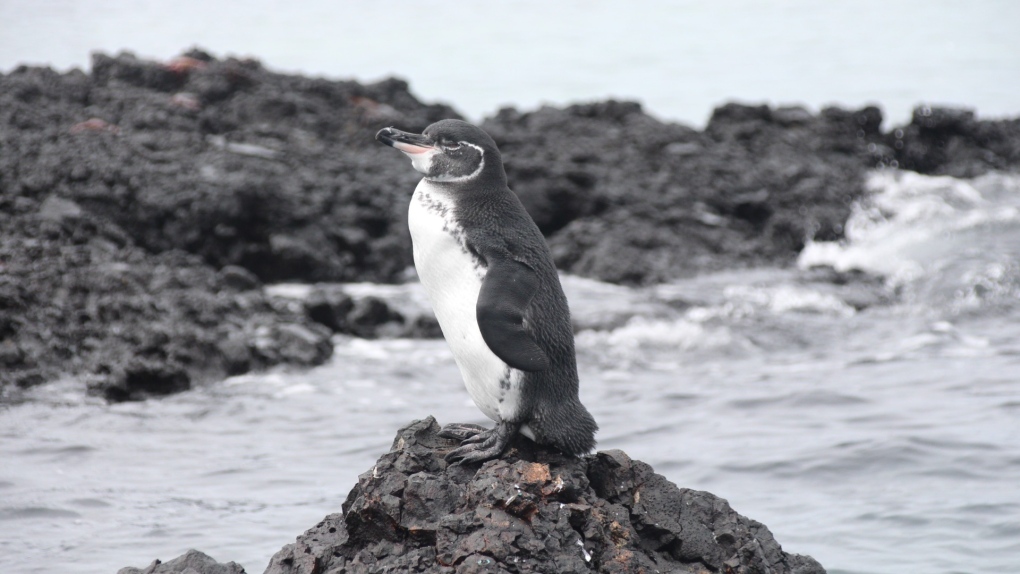
UBC student researching microplastics in Galapagos penguins
CTV
Researchers at the University of British Columbia are studying just how much plastic is ending up in the ocean — by examining penguin feces.
Researchers at the University of British Columbia are studying just how much plastic is ending up in the ocean — by examining penguin feces.
It isn't something everyone would be ready to roll up their sleeves for, but Karly McMullen says it's what she’s passionate about.
"We collected Galapagos penguin scat,” she said. "We're looking at how much microplastics the Galapagos penguin will eat."
McMullen is a student in the Oceans and Fisheries department and is working to determine how microplastics end up being ingested by marine life and eventually the food web.
Her passion for the environment led her all the way to the Galapagos Islands where she began studying samples of fish stomachs, seawater, zooplankton and penguin feces.
"In one fish, for example, that had 29 fibres, we were seeing blue, green, pink,” she said, adding that in the absence of microplastics the fish stomach would normally be filled with algae or brown-looking matter.
The microplastics are about half the size of a human hair and McMullen is studying them at a UBC lab along with PhD candidate Mathew Kowal.





















 Run 3 Space | Play Space Running Game
Run 3 Space | Play Space Running Game Traffic Jam 3D | Online Racing Game
Traffic Jam 3D | Online Racing Game Duck Hunt | Play Old Classic Game
Duck Hunt | Play Old Classic Game